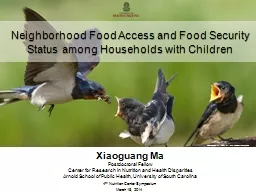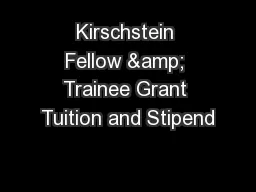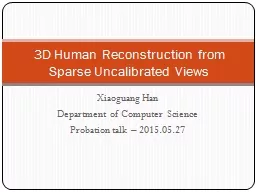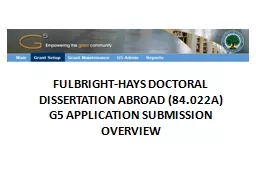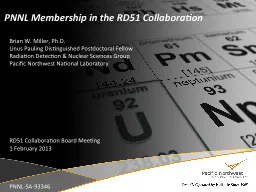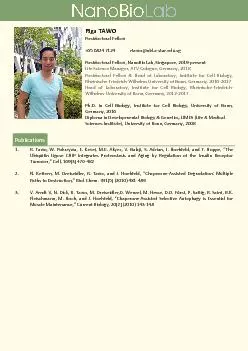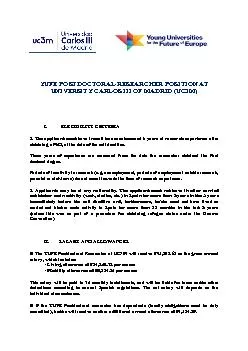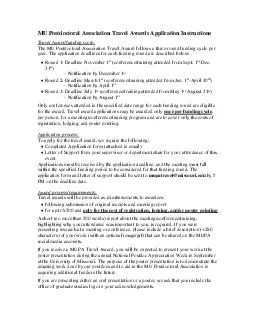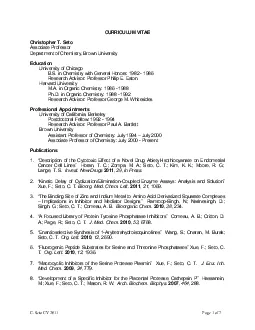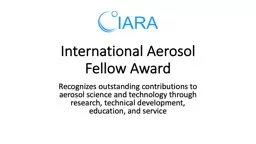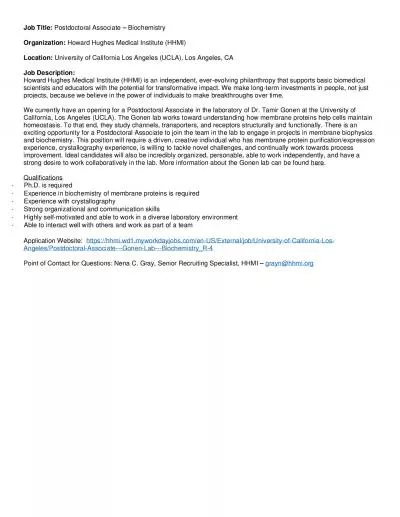PPT-Xiaoguang Ma Postdoctoral Fellow
Author : lois-ondreau | Published Date : 2018-10-27
Center for Research in Nutrition and Health Disparities Arnold School of Public Health University of South Carolina Neighborhood Food Access and Food Security Status
Presentation Embed Code
Download Presentation
Download Presentation The PPT/PDF document "Xiaoguang Ma Postdoctoral Fellow" is the property of its rightful owner. Permission is granted to download and print the materials on this website for personal, non-commercial use only, and to display it on your personal computer provided you do not modify the materials and that you retain all copyright notices contained in the materials. By downloading content from our website, you accept the terms of this agreement.
Xiaoguang Ma Postdoctoral Fellow: Transcript
Download Rules Of Document
"Xiaoguang Ma Postdoctoral Fellow"The content belongs to its owner. You may download and print it for personal use, without modification, and keep all copyright notices. By downloading, you agree to these terms.
Related Documents

